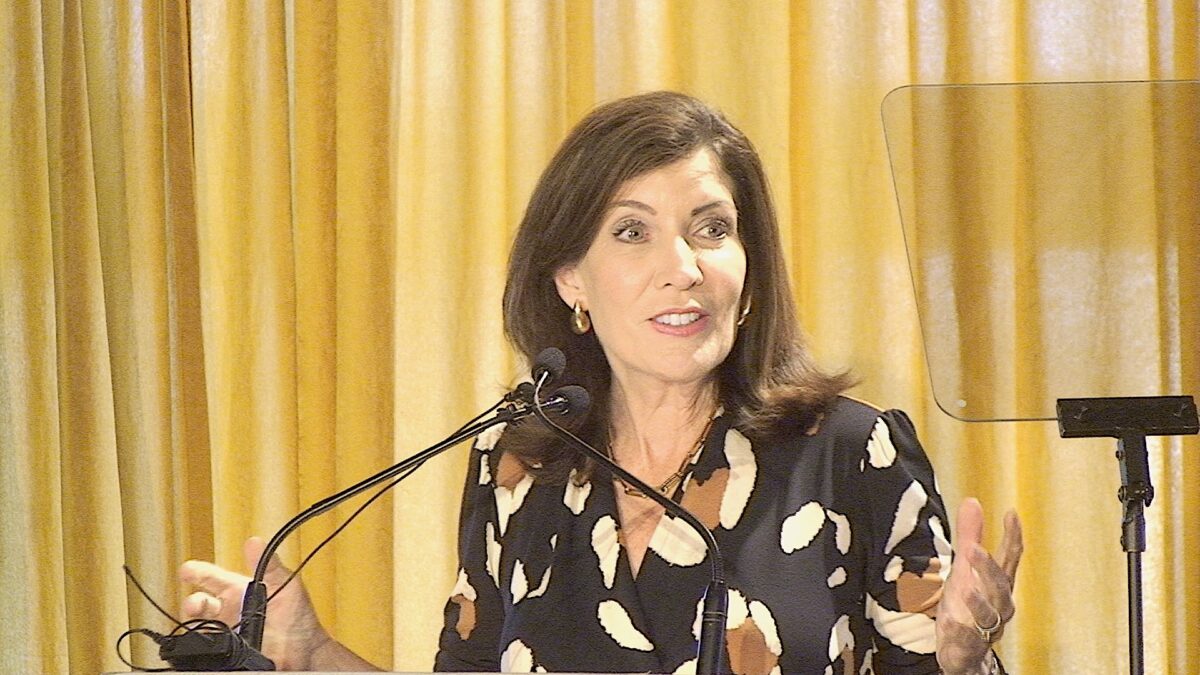In what amounted to an early Black Friday stretch for some retailers ”“ or more like “Blackout” Friday ”“ cold, bored families lit into retail strips across Fairfield County to find something to eat, something to buy and something to do.
The question becomes whether the burst of post-storm spending will carry over to Black Friday itself.
Many local stores appeared to benefit from unexpected activity in the first several weekdays following the October nor”™easter, with Connecticut Light & Power Co. crews focusing on getting central business districts back on the grid to give households immediate access to markets, drug stores, hardware stores and restaurants.
Power was far slower to make a comeback on many residential streets however ”“ a week after the storm hit, more than 40 percent of Ridgefield residents still lacked power, according to CL&P figures, and the parking was scarce in the town”™s Main Street shopping district, a scene that played out elsewhere as well.
“Our gut sense of this was that people were out for essentials,” said Marion Roth, executive director of the Ridgefield Chamber of Commerce. “I didn”™t hear stores saying it was necessarily great for business, but a lot of people got out.”
Still, if only for essentials it appeared to have an impact.
“You definitely noticed a change in shopping behaviors,” said Stew Leonard Jr., CEO of Norwalk-based Stew Leonard”™s Inc., which switched over to generators to keep stores open in Norwalk and Danbury. “A lot of people lose their refrigerators and then they have to restock. There”™s a run on certain pieces of equipment too.”
If driven by the power outage, the post-nor”™easter shopping could preview a positive holiday season as well for retailers, which are wary entering November as the economy fails to build steam and as Connecticut consumers face higher sales taxes on everything from bargain-basement clothing to luxury items.
After enacting the new taxes in July, sales tax collections were up nearly 14 percent in the third quarter from a year ago, according to the most recent figures available at deadline from the Connecticut Department of Revenue Services. By comparison, 2010 third-quarter sales gained just 4 percent from the same period in 2009, contributing to a meager 5 percent gain in sales taxes for all of the 2010 fiscal year ending in June that year.
Connecticut retail employment was up just 0.6 percent in September from a year earlier, however, according to the Connecticut Department of Labor, and October sales nationally were up only modestly from 2010 according to the U.S. Department of Commerce.
The question becomes whether the burst of activity entering November will carry over to the holiday, once people tally the costs of compensating for the nor”™easter and Tropical Storm Irene, or whether they will reassess their spending plans for the season. In its annual holiday shopping preview, the National Retail Federation attributed the national increase in September sales in part to the impact of Irene, but the International Council of Shopping Centers worried that the sluggish October performance could herald the start of a new trend.
For the upcoming holiday season, NRF said it expected only a slightly-better-than-average 2.8 percent increase in retail tills, following a 2010 season that outperformed expectations at 5.2 percent above 2009.
NRF said retail sales have increased 14 consecutive months and households have substantially reduced their debt. Still, the Washington, D.C.-based trade group added that uncertainty about the stock market, higher gas and food prices, and concerns of job security could impact sales this year. Retailers will take stock of the holiday shopping season at NRF”™s annual convention scheduled for mid-January at the Jacob K. Javits Convention Center in New York.
In its own survey from late September, the Retail Council of New York State said more than 60 percent of its members expect a better holiday season this year.


















